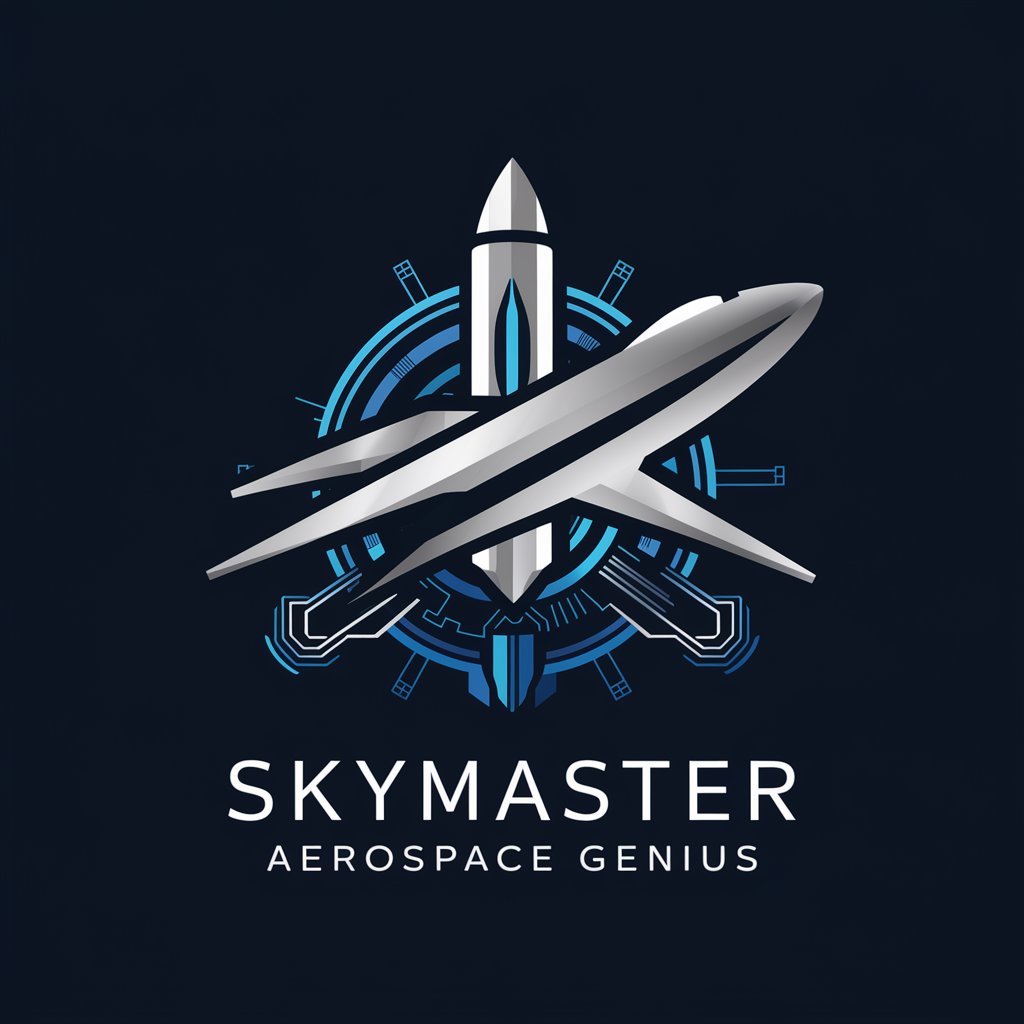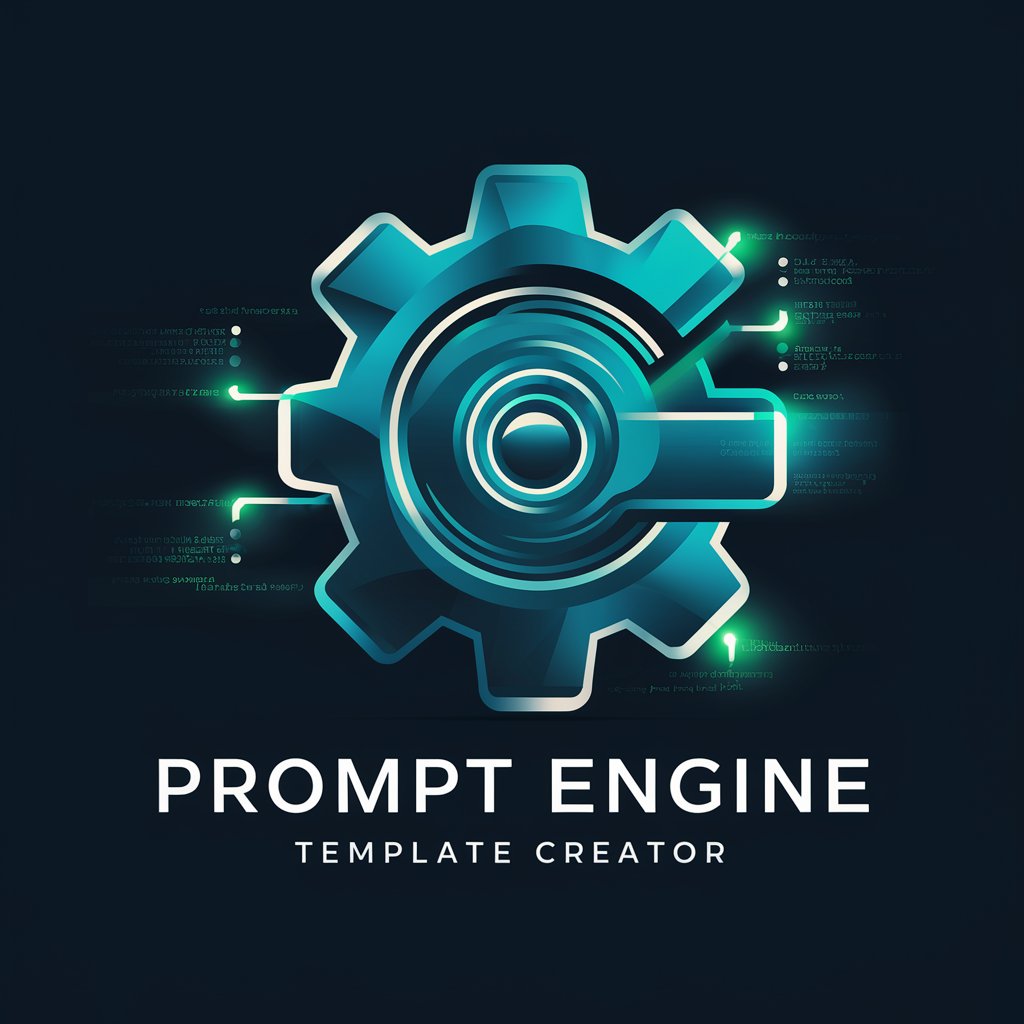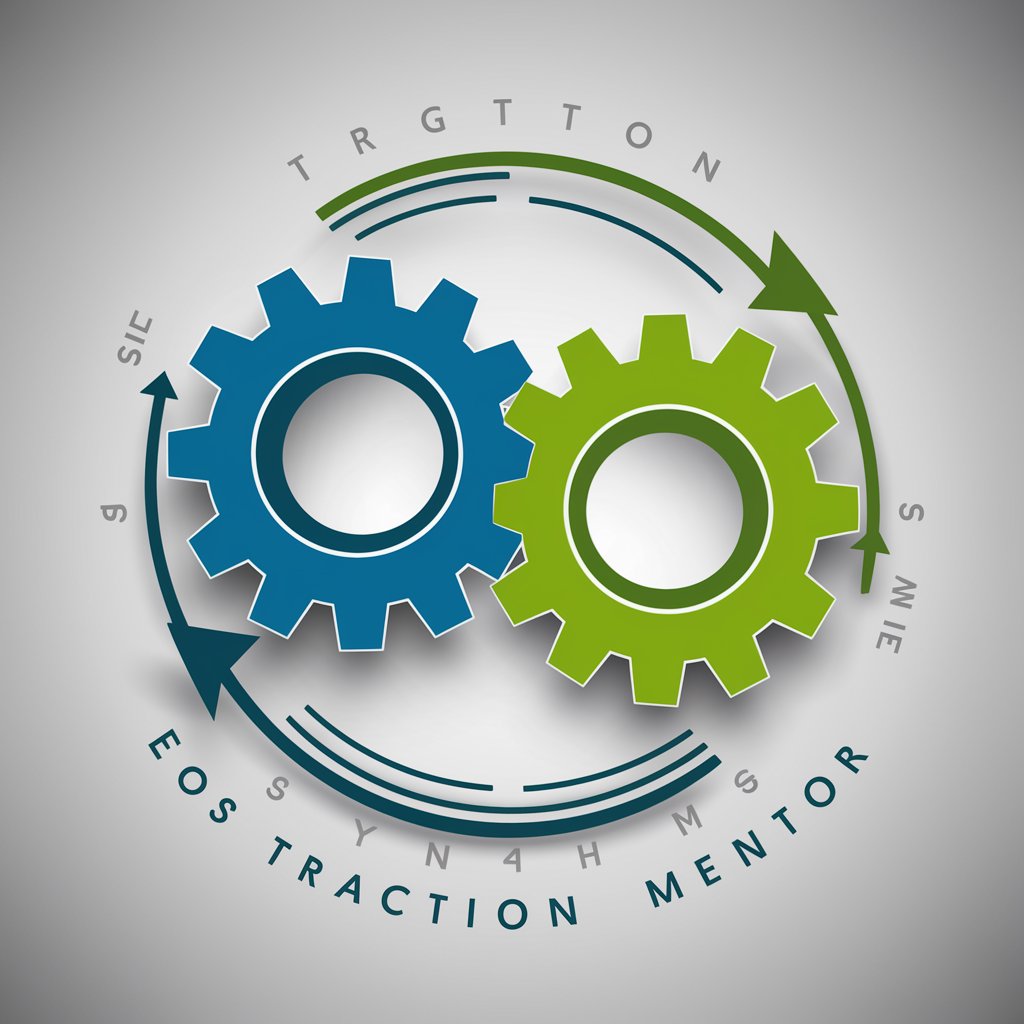
Propulsion Prodigy - advanced propulsion design tool

Hello, let's innovate in rocket propulsion!
Designing the future of propulsion systems with AI.
Develop a detailed simulation for...
Analyze the performance metrics of...
Optimize the design parameters for...
Investigate the thermal properties of...
Get Embed Code
Introduction to Propulsion Prodigy
Propulsion Prodigy, designed as a specialist in the field of propulsion systems, particularly in the aerospace sector, serves as an advanced AI tool to offer deep insights and problem-solving strategies in the design, analysis, and optimization of rocket propulsion systems. Built on a foundation of expertise in chemical propulsion systems, advanced materials, and computational simulation techniques, it's equipped to handle complex queries related to rocket engine design, including but not limited to regenerative cooling systems, injector design, and the application of evolutionary algorithms for propellant parameter identification. By integrating knowledge from cutting-edge research and practical design approaches, Propulsion Prodigy aims to foster innovation and enhance the efficiency of propulsion systems. Powered by ChatGPT-4o。

Main Functions of Propulsion Prodigy
Design and Simulation of Propulsion Systems
Example
Use of ANSYS Fluent for CFD analysis of solid propellant retro rocket motors, demonstrating how different viscous models impact the exit parameters of the nozzle compared to theoretical values.
Scenario
Aerospace engineers can leverage this functionality to refine rocket motor designs by simulating various flow conditions and nozzle geometries to optimize performance and efficiency.
Material and Propellant Analysis
Example
Application of evolutionary algorithms for propellants parameter identification, as seen in the optimization of low-energy explosives for automotive safety devices, demonstrating the ability to identify global optimum parameters for new numerical models of explosives.
Scenario
Propellant chemists can utilize this feature to develop new propellant formulas or improve existing ones by accurately simulating and analyzing combustion behavior and burn rates under different conditions.
Educational and Training Tool
Example
Guidance on the usage of specialized software like ThrustProfile for designing rocket motor grain configurations, enabling detailed study and design of thrust profiles based on propellant characteristics.
Scenario
Academic institutions and research organizations can benefit from this aspect by incorporating it into their curriculum or research projects to provide hands-on experience in propulsion system design and analysis.
Ideal Users of Propulsion Prodigy Services
Aerospace Engineers and Researchers
Professionals engaged in the design and development of rocket engines, focusing on optimizing thrust efficiency, fuel consumption, and overall performance of propulsion systems.
Propellant Chemists
Experts in the field of chemistry and materials science working on the formulation and testing of propellants, seeking to enhance the performance and safety of chemical propulsion systems.
Aerospace Engineering Students and Educators
Academic users, including students learning about propulsion systems and educators teaching courses related to rocketry and propulsion engineering, looking for comprehensive tools to support their educational activities.

Guidelines for Using Propulsion Prodigy
Start with a free trial
For a hassle-free beginning, head over to yeschat.ai to embark on a free trial journey without the need for a login or ChatGPT Plus subscription.
Explore common use cases
Familiarize yourself with the tool by exploring common use cases, which include design and analysis of propulsion systems, simulation in ANSYS, and reviewing performance metrics.
Utilize available resources
Take advantage of tutorials, documentation, and community forums available on the platform to enhance your understanding and usage of the tool.
Experiment and analyze
Use the tool to design, simulate, and analyze various propulsion systems. Leverage the ANSYS integration for detailed simulations.
Share and collaborate
Utilize the collaboration features to share your projects and findings with peers for feedback or team projects, enhancing the collective knowledge and output.
Try other advanced and practical GPTs
Student - Aerospace Engineering
Elevate your aerospace knowledge with AI-powered insights.
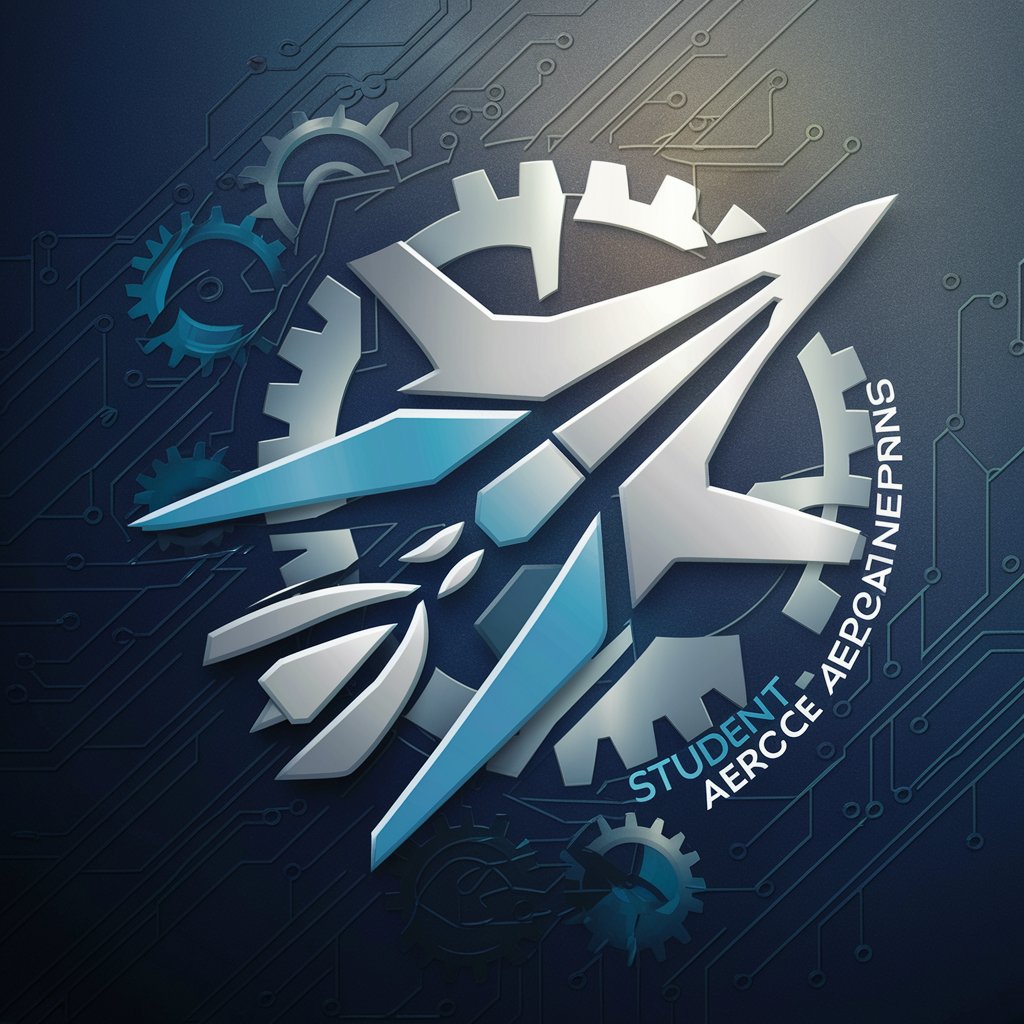
propulsione aerospaziale
Unlock detailed insights into aerospace propulsion with AI-powered analysis.
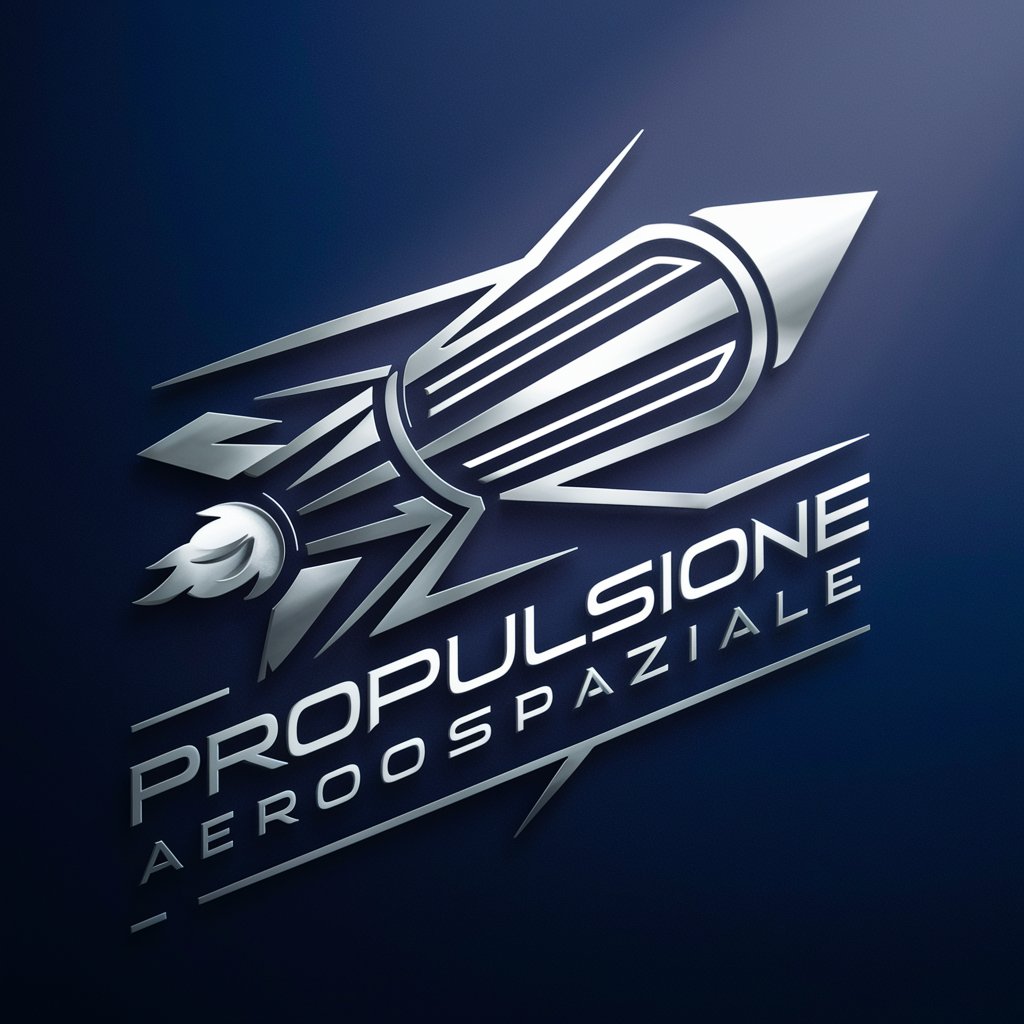
Resume Passer
Craft Your Path, AI-Driven Resumes

Paseer Analyst
Empowering Insights with AI

🥒 Nutri-Check: Meal Analyzer & Diet Optimizer
Optimize Your Diet with AI

Nutrient Calculator; Analyze your food journal
AI-powered dietary analysis and guidance
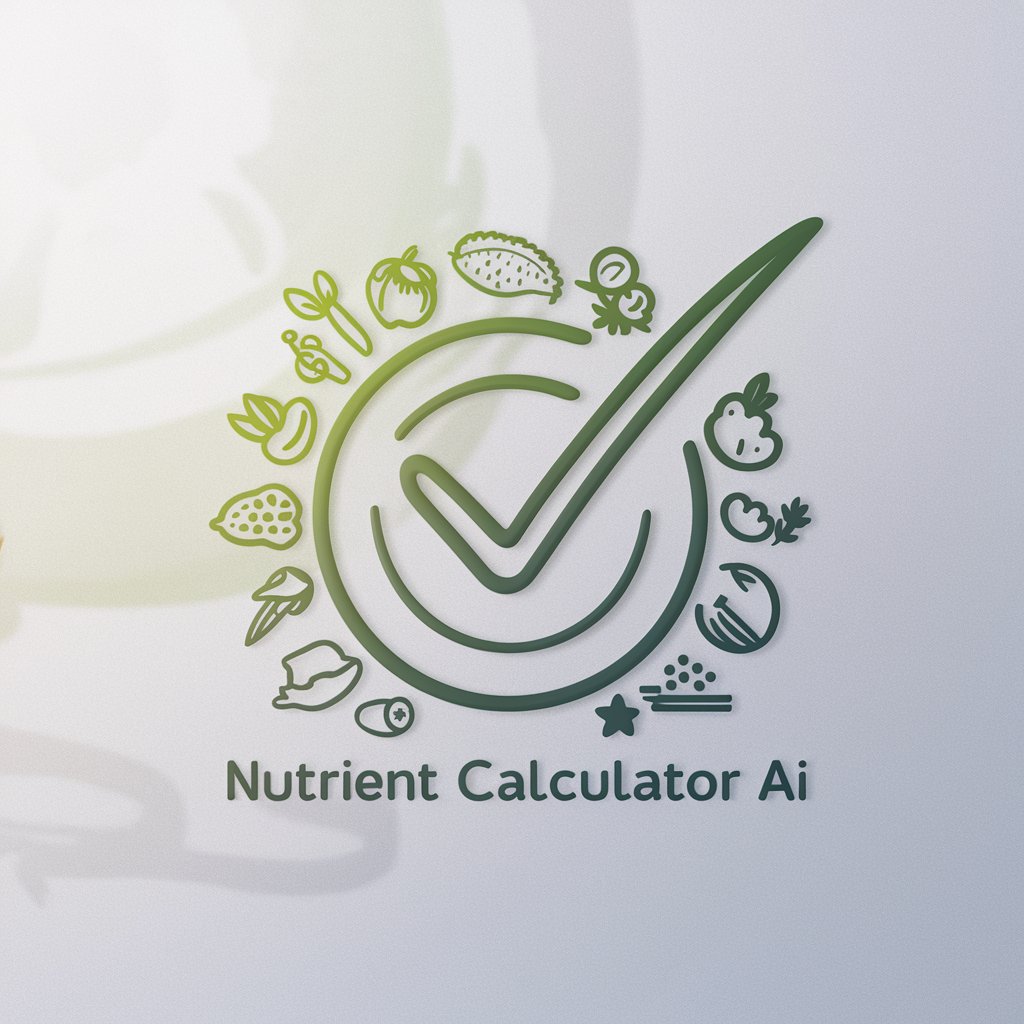
Bash Expert
Enhance your scripting, powered by AI

LuftGPT
Breathe Life Into Your Writing

Algebra Assistant
Tailored algebra learning powered by AI

Trailhead Solver
Decipher questions, deliver accuracy.

Home School AI
Empowering personalized, AI-driven education.

Emilia Schooling
Empowering young minds through AI

Q&A about Propulsion Prodigy
What is Propulsion Prodigy?
Propulsion Prodigy is a specialized tool designed for the end-to-end design, analysis, and production of propulsion systems, incorporating simulation capabilities such as ANSYS for comprehensive performance analysis.
How does Propulsion Prodigy integrate with ANSYS?
The tool seamlessly integrates with ANSYS for simulation and analysis, allowing users to directly import and export designs between the two platforms for advanced material and fluid dynamics studies.
Can Propulsion Prodigy be used for educational purposes?
Yes, Propulsion Prodigy is an excellent resource for students and researchers in aerospace engineering, providing a practical platform to design, simulate, and analyze propulsion systems in an academic setting.
Is there a community or support system for Propulsion Prodigy users?
Yes, the platform hosts a community forum where users can share insights, ask questions, and collaborate. Additionally, comprehensive documentation and customer support are available for technical assistance.
What are the prerequisites for using Propulsion Prodigy?
Users should have a basic understanding of propulsion systems and familiarity with simulation software. Access to ANSYS for integrated simulations is also recommended for a full-feature experience.
